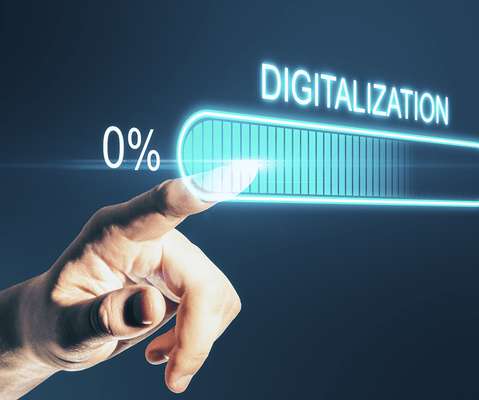Win the connected and autonomous car race while protecting data privacy
Thales Cloud Protection & Licensing
FEBRUARY 28, 2022
By 2025, 115 Million vehicles will be sold with over-the-air update capabilities, almost four times as much as in 2020, and the Boston Consulting Group expect 12 million fully autonomous vehicles a year to be sold by 2035. Developing artificial intelligence (AI) and machine learning applications for driver assistance or autonomous vehicles.












Let's personalize your content